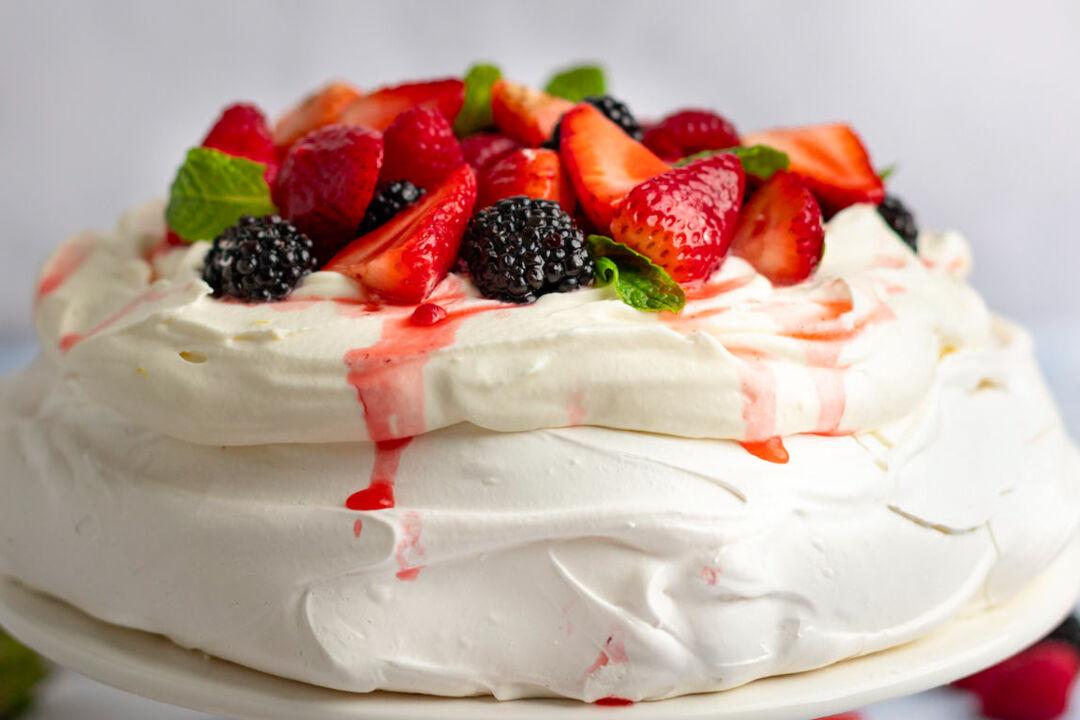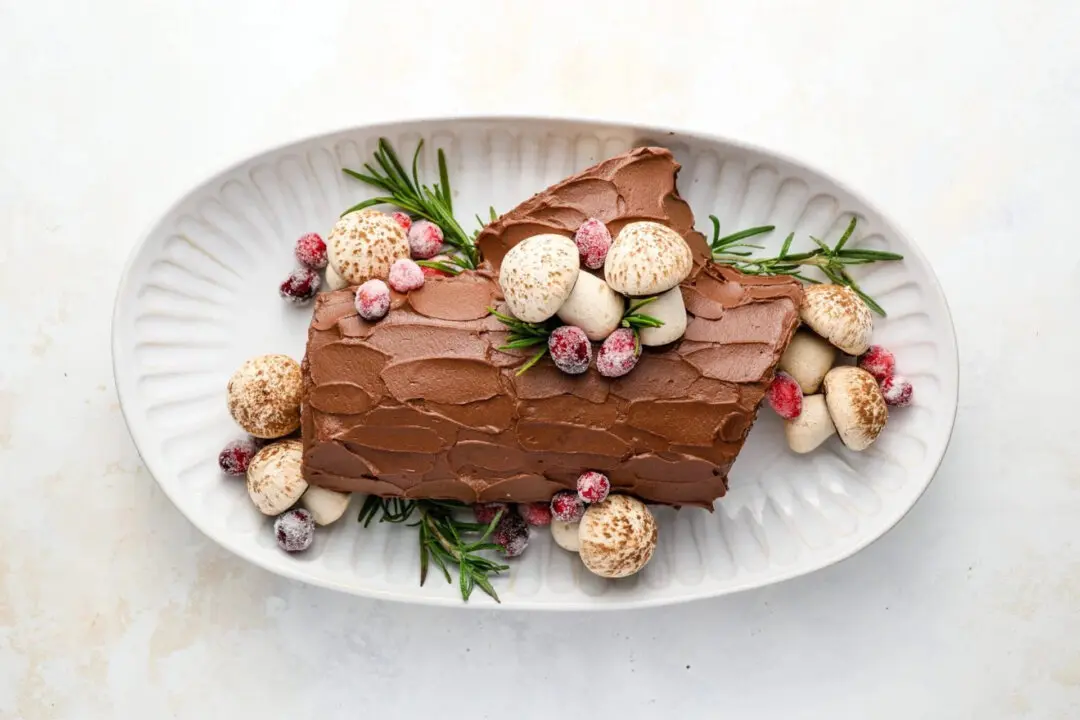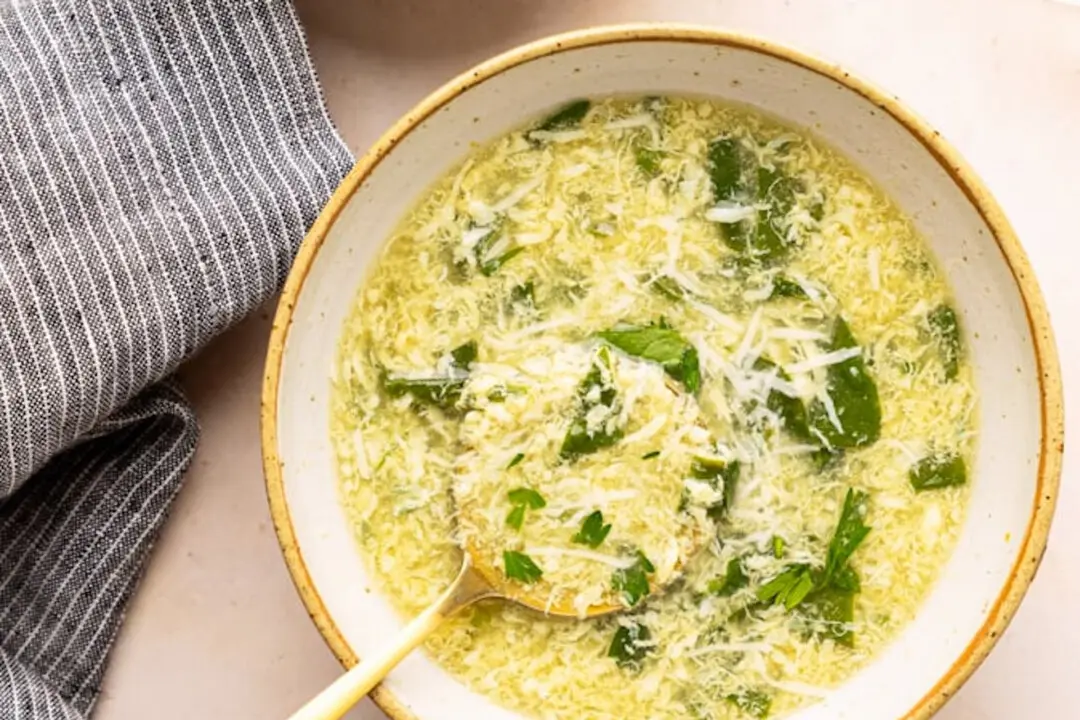View the print ready version of this recipe.
Pavlova, named after the Russian ballerina Anna Pavlova, is a wonderfully light dessert with a crisp meringue shell encasing a soft, marshmallowy center, all topped with heaps of whipped cream and fresh fruit. Believed to have been created in the ballerina’s honor during her tours of Australia and New Zealand in the 1920s, it’s as stunning as it is delicious—perfect for any special occasion.





